|
The Sentinels of the Susquehanna: Volume 2 paperback book is now available in person or online, featuring a wide variety of important river topics via locally written articles, columns and investigative reports.
All stories in this volume come specifically from 2022, including a wide range of issues from how excessive road salt is impacting salinity in our waterways, to the history of a Superfund site in Williamsport to emerging contaminants like PFAS and pharmaceuticals in our waterways.
0 Comments
The Middle Susquehanna Riverkeeper Association is participating in the 2023 Early Bird Sports Expo running Thursday, Jan. 26, through Sunday, Jan. 29, 2023, at the Bloomsburg Fairgrounds.
Riverkeeper John Zaktansky will be in attendance throughout the event to talk with people about the work the association does across the 11,000-square-mile Middle Susquehanna watershed (including all land that eventually drains into the North and West branches of the Susquehanna River). The show runs 3-8 p.m. on Thursday, Jan. 26, 10 a.m. to 8 p.m. on Friday and Saturday, Jan. 27-28, and 10 a.m. to 4 p.m. on Sunday, Jan. 29. The Middle Susquehanna Riverkeeper booth will offer the following activities and opportunities: The Middle Susquehanna Riverkeeper Association (MSRKA) Board of Directors, on Jan. 16, 2023, elected Marissa Crames, of Selinsgrove, as its new board president, joining returning Vice President Dr. Joseph Simons III, of Kingston, newly elected treasurer Kelly Caudle, of Winfield, and first-time board co-secretaries Morgan Thomas and Danielle Tryon as officers for 2023.
“It has been my honor to serve as MSRKA president. I feel like it's ‘my baby!’” said outgoing Board President Kathy Snavely, who has served on the association’s board since its inception in 2015. “I know it is in good hands with our new officers and board moving forward.” Crames grew up in Long Island, NY. She spent her summers in the Shawangunk Mountains of upstate NY. During these times she developed a deep love for all things wild and free. After graduating with a Bachelors of Science in Business, she relocated to central Pennsylvania. No more than five years old, a boy used both hands to guzzle a glass of tap water from the mudroom sink of his family’s rental home while I prepped four plastic bottles for water sampling from the same faucet he just finished using.
The home had a previous treatment system in place, and there was no reason to assume anything was wrong with the water this young boy was drinking. However, test results later showed elevated levels of numerous contaminants in the water – including lithium at more than 10 times the EPA and USGS’ Health-Based Screening Level, strontium nearly four times more than the EPA’s health reference level and elevated concentrations of both bacteria and boron. When moving to Lewisburg in 2013, Bucknell University Associate Professor of Environmental Studies and Sciences Andrew Stuhl noticed indications of the historical flooding of Hurricane Agnes which happened decades before.
“It was hard to miss all the historical markers that showed flood levels and mentioned lives lost in the flooding,” he said. “As I talked to people in the community to get to know them, they would mention Agnes in casual conversation, talking about something that happened to them right after the flood, or how things in town looked completely different before the flood.” Stuhl had earned his PhD in environmental history and soon was at the center of a massive study looking at Agnes’ impacts on the region 50 years after the June 1972 event. |
AuthorsRiverkeeper John Zaktansky is an award-winning journalist and avid promoter of the outdoors who loves camping, kayaking, fishing and hunting with the family. Archives
July 2024
Topics |
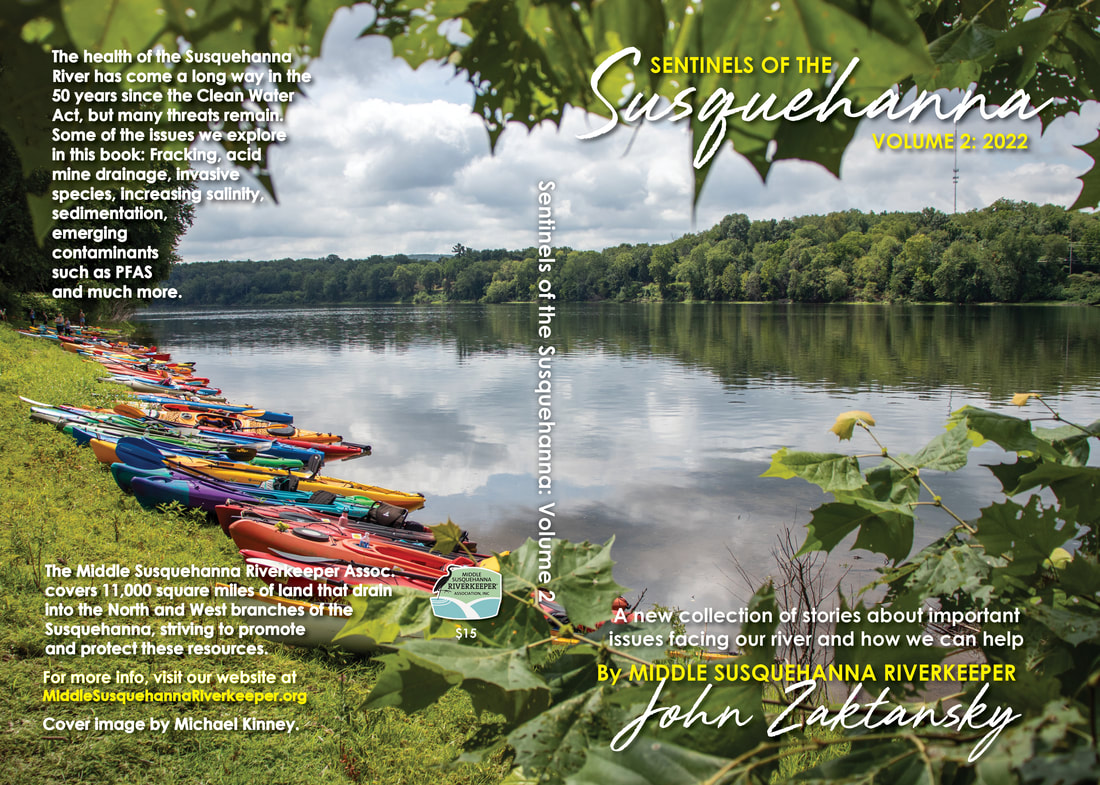
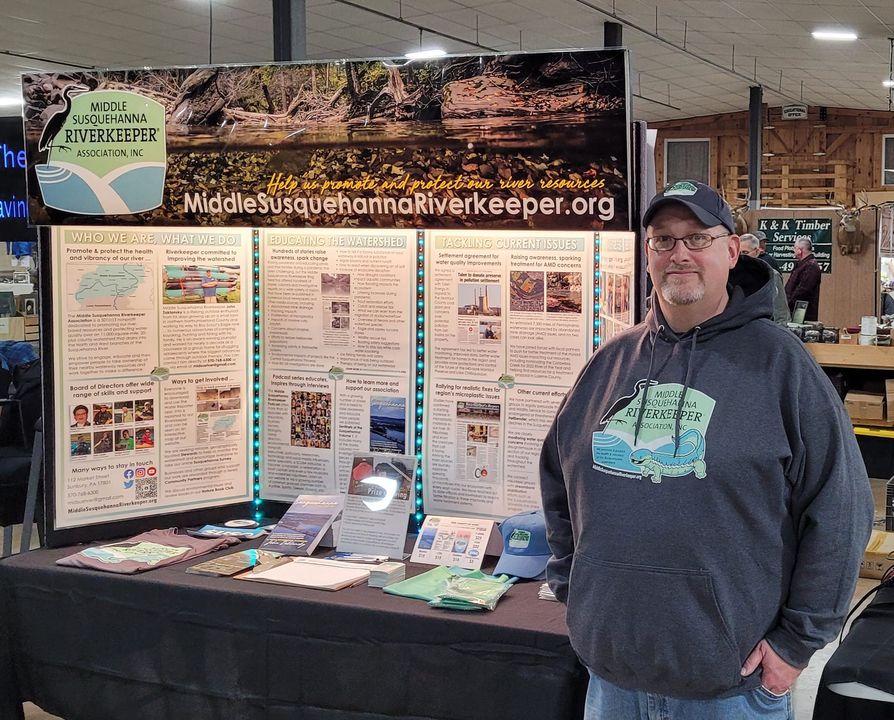
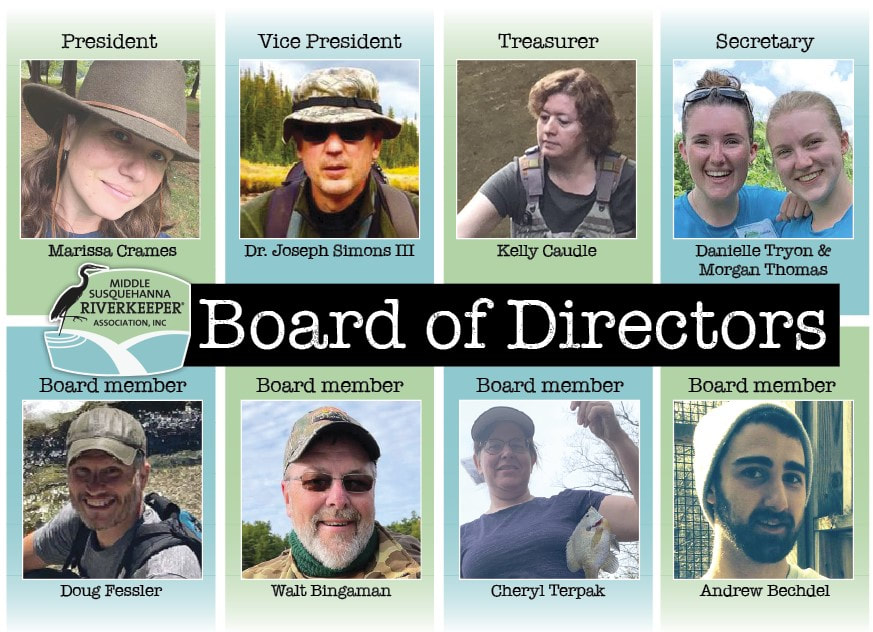
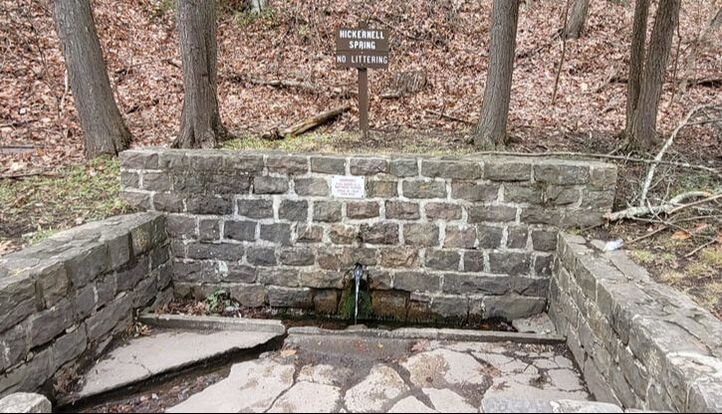
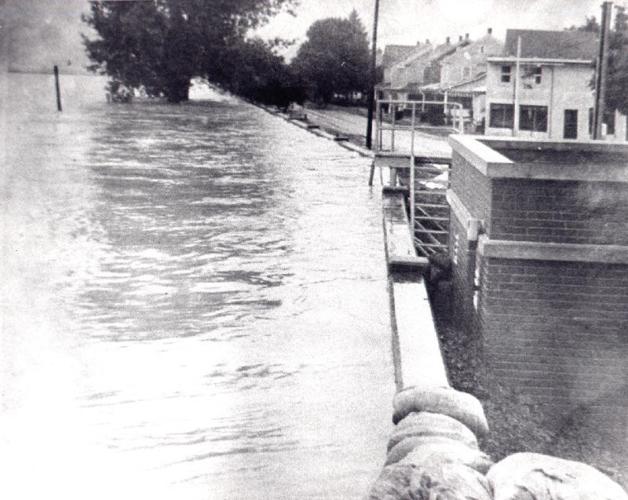
 RSS Feed
RSS Feed